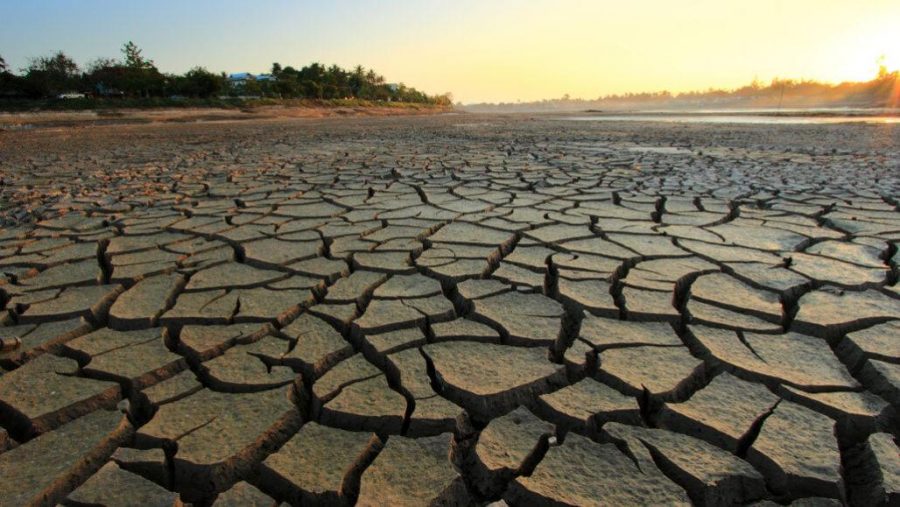Droughts and Doubts
Photo by science news
A drought in north america that lasted 18 years.
Worried about the lack of rainfall and snowpack this season, Utahns brace for the impact of a potentially dry summer. There has been quite a bit of talk from local news sources that Utah is preparing for a dry summer due to minimal precipitation this winter. This leaves locals wondering, “How bad could it get?”
According to the U.S. Drought Monitor, “Utah ended the year with every portion of the state suffering at least a moderate drought and over 90% of it either in an extreme or exceptional drought.”
Wanting to learn more on the topic, I talked to one of the most knowledgeable individuals at Bingham when it comes to the applied sciences, Dawn Kelly.
Mrs. Kelly has been teaching in the science department of Bingham for nearly 24 years and is known for her passion on the subject of science and how it affects the world around us.
To understand the situation at hand, one must understand what a drought is. According to Kelly, a drought is a “prolonged period of abnormally low rainfall leading to a shortage of water.” This shortage of water can hinder agricultural industries and can even bring on the risk of forest fires due to the dry land.
Living in Utah, it is clear to see that the valley didn’t get nearly as much snow as it has in the past. This has raised concerns for the water supply of the upcoming year. Before one jumps to the worst case scenario, it is important to understand a few things about drought predictions.
First off, one should not base their prediction of this coming summer’s dryness solely on today’s statistics of this season. Technically, the season isn’t over, and there is more data to come. Kelly elaborated on the matter with the following explanation:
“Historically, the majority of precipitation in Utah occurs from February through May, with February being the snowiest month of the year…Whether we should be alarmed over snowpack in any given year depends on how a lack of snowfall will affect us in the coming months.”
Basing one’s predictions off of an unfinished data table, especially when the highest amount of precipitation usually comes later than the present day, is an inaccurate way to conclude information on the matter.
Instead, one needs to look at the long-term patterns of dryness in the past years of Utah’s history. A great way of gauging this is surprisingly looking at the water levels of The Great Salt Lake. Kelly explained how to analyze the data of the lake’s water levels.
“Wet years, like those during the early 1980s will cause the lake to rise, while dry periods will cause the lake to fall. In the mid-1990s the lake level was around 4202’ in elevation. Today the lake is at 4192’ or about 10’ lower than it was in the mid-90s. That’s a strong indication that we’re in a period of drought.”
Asking Mrs. Kelly, if she was alarmed by the dryness of the season this year, she replied assuringly, saying, “With nearly 30 years living in Utah, I can’t say there is anything that stands out a great deal about our current weather situation. I’ve seen drier years and I’ve seen wetter ones. That’s not the same as saying there aren’t trends to be concerned about over the last three decades.”
There is good news amongst this potentially dry year in Utah. Since a lot of Utah is desert climate, there are already reservoirs and irrigation systems to space out the water supply. This would not be Utah’s first drought year, and it would not be its last.
These next few months of rainfall will decide the course of our year. From the closing words of Mrs. Kelly, “I can’t say for sure whether this year will be a drought year, but odds are with the current trend it will be. That’s the better bet, going with a multi-year trend rather than trying to guess based on early season totals.”



![Photo Credit; Miller, Kim. “City of Asheville prepares for a weekend of winter weather.” City of Asheville prepares for a weekend of winter weather [Ashville], 10 February 2023, https://www.ashevillenc.gov/news/city-of-asheville-prepares-for-a-weekend-of-winter-weather/. Accessed 06 January 2025.](https://binghamprospector.org/wp-content/uploads/2025/01/Screenshot-2025-01-14-7.54.38-AM.png)

